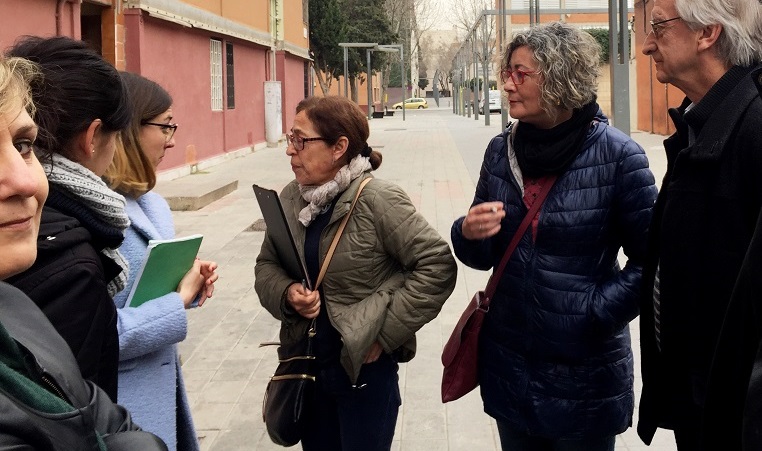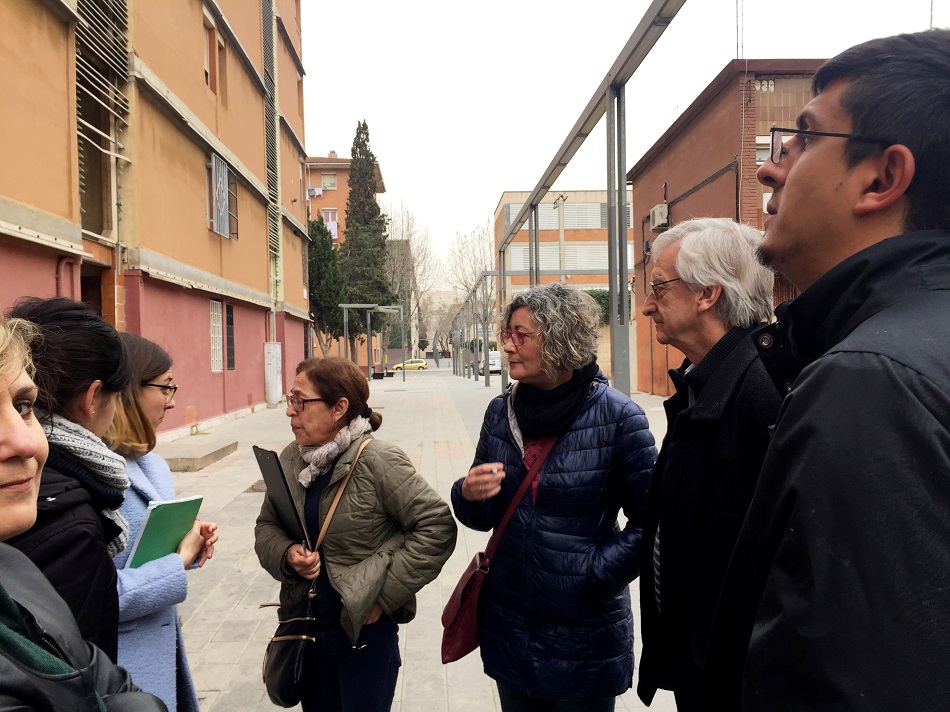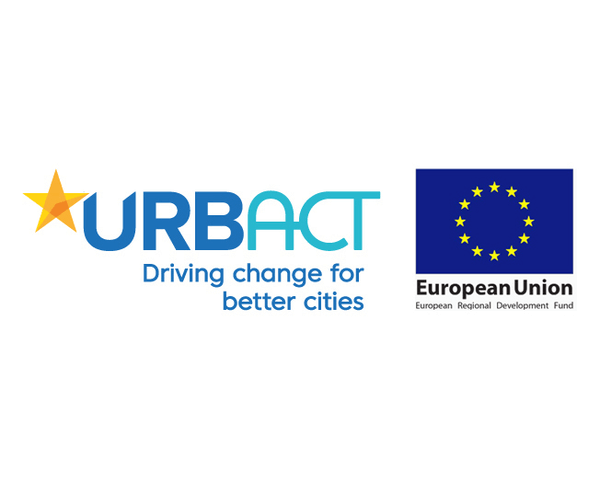City
Barcelona (ciudad), Spain
Size and population development
In 2018, the Institute of Catalonia recorded the city of Barcelona’s population as 1,620,343. The city covers an area 101.4km2 with a population density of 15,987 per kim2. The population of the city remains relatively stable as it is already exceptionally densely populated while the surrounding metropolitan area continues to grow steadily
Population composition
The population is comprised of 52.73A% female and 47.27%male. The 0-14 is recorded at 12.63%,15-64 at 65.83%, 65-84 at 17.41% and 85+ @ 4.13%. 62% of the population were born in Catalonia, while almost 24% come from other areas of Spain. Approximately 14% come from other countries, a percentage that has significantly risen from less than 4% in 2001. Most migrants are from Pakistan, Italy, China, Ecuador, Bolivia and Morocco and the city is home to Spain’s largest (approximately 3,500) Jewish community. Spanish is the most spoken language in Barcelona and is understood almost universally. After Spanish, the Catalan language is the second most spoken language, and is understood by 95% of the population, while 72.3% can speak it, 79% can read it, and 53% can write it. 49.5% of Barcelona residents of all ages identified themselves at Catholic. The numbers reflect a broader trend in Spain whereby the numbers of self-identified Catholics has declined. Other religions include Jewish, Islamic, Evangelical, Jehovah’s Witness, Evangelical Buddhism and Eastern Orthodox.
Main functions
The city of Barcelona is the capital of the autonomous community of Catalonia and the second-largest city in Spain. The city is located on the Iberian Peninsula facing the Mediterranean Sea between the mouths of the rivers Llobregat and Besòs and bounded to the west by the Serra de Collserola mountain range, the tallest peak of which is 512 metres high. Barcelona has a rich cultural heritage and is today an important cultural centre and a major tourist destination. Particularly renowned are the architectural works of Antoni Gaudí and Lluís Domènech i Montaner, which have been designated UNESCO World Heritage Sites.
Main industries / business
The city of Barcelona is a leading economic, tourism, sports, cultural heritage, arts, science, fashion, and commerce center. In 2018 it maintained its ranking as the fourth most economically powerful city by GDP in the European Union and is one of the world's most prosperous city brands.
Sources for city budget
The City of Barcelona draws its budget for public expenditure largely from property tax, fees, fines, operating revenues, other taxes and subsides from the Government of Spain
Political structure
As the capital of the autonomous community of Catalonia, Barcelona is the seat of the Catalan government. The city is also the capital of the Province of Barcelona. Barcelona is governed by a city council formed by 41 city councillors, elected for a four-year term by universal suffrage. Barcelona's city council is organised in two levels: a political one, with elected city councillors, and one executive, which administrates the programs and executes the decisions taken on the political level.
Administrative structure
Since 1987, the city of Barcelona has been divided into 10 administrative districts. These are administrated by a councillor designated by the main city council. The executive branch is led by a Chief Municipal Executive Officer who reports to the Mayor. It is made up of departments which are legally part of the city council and by separate legal entities of two types: autonomous public departments and public enterprises.
Website
http://www.bcn.cat





